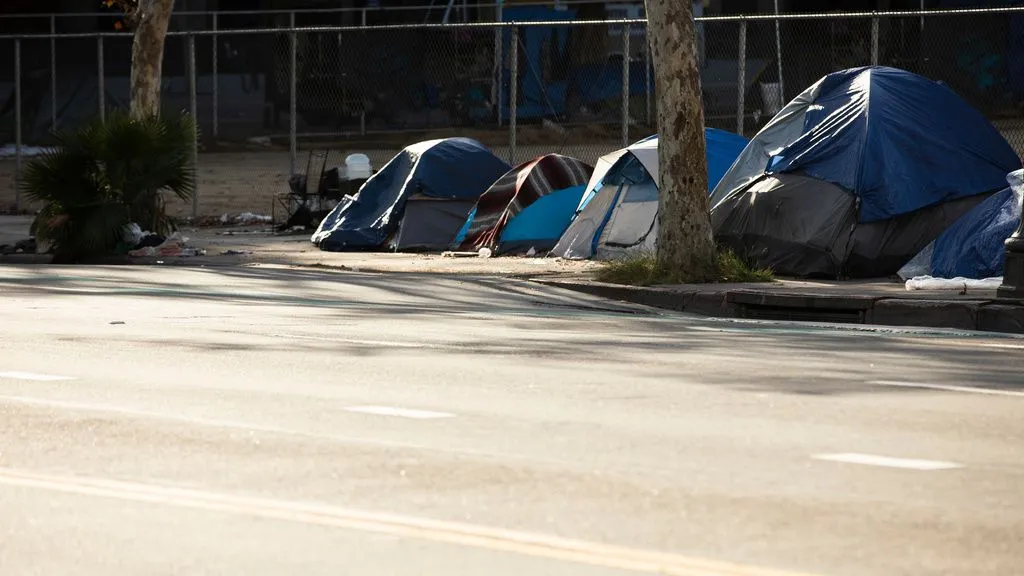Homeless Encampment Cleanup
A Balancing Act Between Public Health and Compassion
Los Angeles, like many major cities across the United States, has been grappling with a significant homelessness crisis for years. As the population of unsheltered individuals has grown, so too have the number of homeless encampments throughout the city. These encampments, often set up in public spaces such as parks, sidewalks, and underpasses, have sparked considerable debate about the best way to address the needs of those living within them while also maintaining public health and safety. A key component of the city’s response has been the implementation of homeless encampment cleanups—a complex and often controversial process.
Homeless Encampment Cleanups in Los Angeles
The Need for Encampment Cleanups
Encampments, while providing temporary shelter for those experiencing homelessness, can create significant public health risks. Accumulation of waste, lack of access to sanitation, and the potential for disease outbreaks are just a few of the challenges associated with these makeshift communities. As a result, encampment cleanups are seen as a necessary intervention to protect both the residents of these encampments and the broader public.
The Los Angeles Department of Sanitation and Environment (LASAN) is typically responsible for conducting these cleanups, often in coordination with other city agencies. The primary goal is to remove hazardous waste, such as human waste, drug paraphernalia, and discarded items that could pose health risks. These operations also aim to restore public spaces to their intended use, ensuring they remain accessible and safe for all residents.
Balancing Health and Compassion
Despite the clear public health benefits, encampment cleanups are not without controversy. Critics argue that these operations often displace individuals without providing adequate housing alternatives, pushing them from one location to another without addressing the root causes of their homelessness. Moreover, there is concern that these cleanups can be conducted in a manner that feels punitive rather than supportive, further traumatizing already vulnerable populations.
To address these concerns, Los Angeles has implemented policies designed to balance the need for public health interventions with compassion for those experiencing homelessness. For instance, city guidelines often require that individuals be given notice before a cleanup takes place, allowing them time to gather their belongings. Additionally, outreach teams are typically deployed alongside sanitation workers to offer services such as shelter placement, medical care, and social support.
The Role of Outreach and Support Services
Effective encampment cleanups go beyond the physical act of cleaning; they are an opportunity to connect individuals with the resources they need to transition out of homelessness. Outreach teams play a crucial role in this process, working to build trust with encampment residents and offering assistance that can lead to more permanent housing solutions.
In recent years, Los Angeles has increased its investment in outreach and support services, recognizing that cleaning up encampments is only a temporary solution. Long-term success requires addressing the underlying issues that lead to homelessness, such as lack of affordable housing, mental health challenges, and substance abuse. By coupling cleanups with robust outreach efforts, the city aims to make meaningful progress in reducing homelessness.
A Complex and Ongoing Challenge
Homeless encampment cleanups in Los Angeles represent a delicate balancing act between maintaining public health and showing compassion for those who are most vulnerable. While these operations are necessary to address the immediate risks posed by encampments, they are only part of a broader strategy needed to tackle the city’s homelessness crisis.
Moving forward, it will be essential for Los Angeles to continue refining its approach, ensuring that cleanups are conducted in a way that respects the dignity of those experiencing homelessness while also protecting the health and safety of the entire community.


